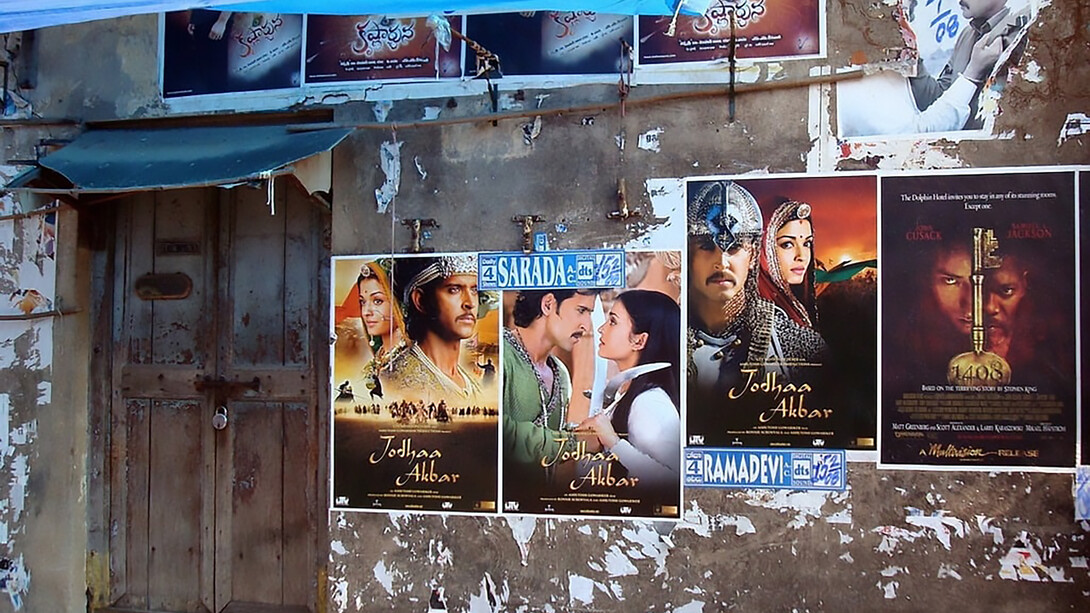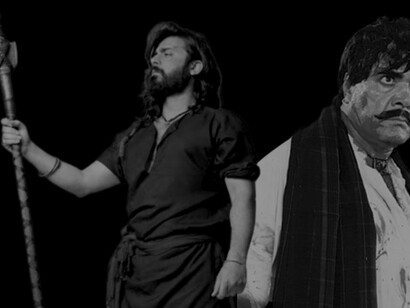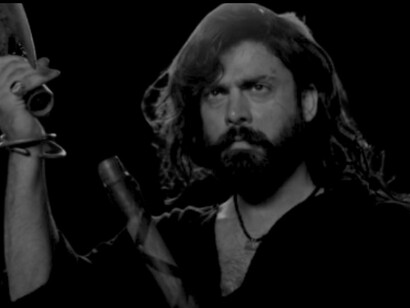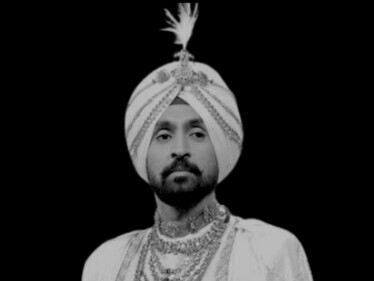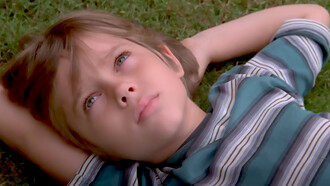Punjab is a region located in South Asia. This region was split into two parts during the partition of the subcontinent, resulting in India and Pakistan. Punjab is a land of very rich culture and tradition. This land is very fertile, not only in terms of agriculture but also in sports, where so many names came out of Punjab. A few honorary names included Virat Kohli (cricketer), Babar Azam (cricketer), Noah Dastagur Butt (weightlifter), Arshad Nadeem (javelin thrower), and many more.
After the division of India and Pakistan, Punjab was divided into two parts. Cities like Lahore, Gujranwala, Faisalabad, and Multan became part of Pakistan, while Amritsar and Chandigarh joined India. The division stopped the region from integrating and connecting due to intense relationships, timely face-offs, and political issues. It was the time when people mostly used radios, and cinema was the peak entertainment medium. Television wasn’t that common in the Indo-Pak region, where if a person had a television, the whole Mohala (a word used to refer to neighboring living streets) would gather to watch shows.
Pakistani Punjabi cinema
This was the time period when cinema peaked in both regions as Bollywood and Lollywood were rising. People used to love movies from Pakistan and India reciprocally. Lollywood was peaking when Punjabi movies were recognized globally. This was the link that brought Punjabis of the region together. Indian people in Punjab used to watch Pakistani cinema. But that connection didn’t last long, as Pakistani cinema declined due to strict censorship and filmmaking laws. Once again Punjab was divided after the partition of Indo-Pak.
This was a time period when Pakistan was limited to making movies under strict censorship. During this phase Punjabi cinema went into Ghandasa culture, where just messy movies were made. In terms of financing they were successful, but in terms of signature, these movies were just entertaining one-timers. Then came Maula Jatt (1979). The movie faced so much censorship but still managed to be the longest-running Punjabi movie ever. The impact was huge; the dialogue “Nawa aaya ae sohneya?” (Have you just arrived, pretty boy?) became part of daily Punjabi language. It was not officially released in India, but the pirated VHS tapes crossed the border. Village halls and tape clubs were places to watch this cult classic. That even inspired Indian Punjabi cinema. This was admired from both sides and became a shared culture of the region.
After such a huge breakthrough, Pakistani Punjabi cinema collapsed, and multiple factors were responsible for it. Repeated scripts, shifts of audience, and the censorship regime restricted it, while the death of Sultan Rahi also ignited the downfall. The connection was lost again, as these were the days both nations were facing each other. This was the time Punjabi cinema failed to survive, which gave an opportunity to Indian Punjabi cinema to thrive, as there were still a number of people that used to watch Punjabi cinema.
Indian Punjabi cinema
At the peak time of Pakistani Punjabi cinema and Bollywood, there was never enough room for Indian Punjabi cinema. But as Pakistani Punjabi cinema collapsed, there was room for Indian Punjabi cinema to grow. They benefited from the opportunity really well. Punjabi pop music from the diaspora gained huge popularity. Singers like Gurdas Mann and Daler Mehndi peaked in Pakistan. In the early 2000s Jee Aayan Nu and Asa Nu Maan Watna Da were high-value productions that caught the family audience. These films were clean and had modern stories, so the lost urban audience returned to Punjabi movies, but this time it was Indian Punjabi cinema.
2010 proved a peak time for Punjabi cinema, which grew in Pakistan as well, giving rise to stars like Diljit Dosanjh and Gippy Grewal. These actors not only peaked in cinema but also in the music industry. This was the time cable and pirated films flooded Pakistan, where Pakistanis had no option other than watching them. These films grew so influential that the new generation, only familiar with these actors, abandoned their own productions. Till that time, things were like turns between both Punjabs. But the modern era was about to change things once and for all.
Collaborative summary
Over time we witnessed slight collaboration over the years. After the 2000s it rapidly changed the game. Amrinder Gill and Bilal Saeed’s collaboration opened new avenues. That was followed by Imran Khan taking it to the next level. Here diaspora Punjabis reunited Indo-Pak. Bohemia played a pivotal role by collaborating with top-notch Indian rappers and singers. Collaborations like Naag 2 and overseas stage shows brought Punjab together. Later on his collaborations with Gippy Grewal and Amrit Maan also peaked on both sides. Later on Sidhu Moose Wala carried on the legacy and, in a true sense, ruled the Punjabi music industry. He was not only at his peak in India but also in Pakistan, gaining huge influence among teens. Karan Aujhla was also a considerable singer to mention here.
Not only was the music industry reunited, but also the film industry as well. In 2010 Virsa, a film of diaspora Punjabi joint venture shot in Australia, was the game-changing project. These things were followed by Chal Mera Putt, which featured many famous Pakistani comedians, like Iftikhar Thakur, one of the biggest names in the Pakistani comedy scene. Maujaan Hi Maujaan, an Indian production, worked better in Pakistani cinema than in India. Babe Bhangra Paunde Ne (2022) and Carry On Jatta 3 (2023) were some famous collaborations of cross-border cinema. Recently released Sardaar Ji 3 (2025) was a new project that faced so many controversies. It was released and broke Carry On Jatta 3’s record at the Pakistani box office, reportedly grossing 50 crores. That showcased how much people loved them.
Conclusion
Over time things went up and down, but the love in the hearts of Punjabis remained constant. With time it flourished in the form of music and the film industry. Despite so many challenges, they always proved that you can divide us by border but not by the souls.
